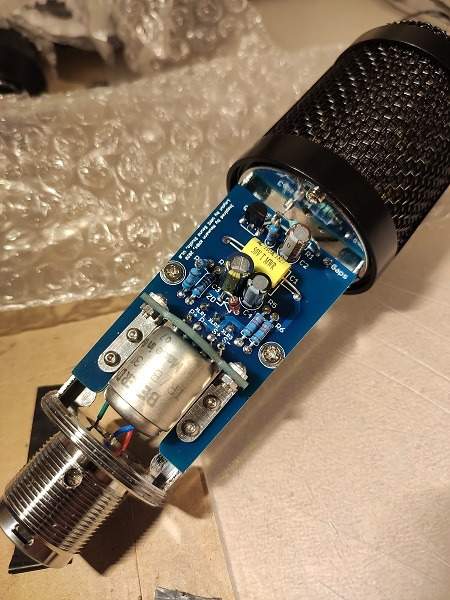You could use a normal resistor for R5 (after you found the right value)
Wrap the transformer (or the whole circuit) in copper foil, and connect foil to ground.
Instead of a pad you could reduce the lower end (C3).
Wrap the transformer (or the whole circuit) in copper foil, and connect foil to ground.
Instead of a pad you could reduce the lower end (C3).



![Electronics Soldering Iron Kit, [Upgraded] Soldering Iron 110V 90W LCD Digital Portable Soldering Kit 180-480℃(356-896℉), Welding Tool with ON/OFF Switch, Auto-sleep, Thermostatic Design](https://m.media-amazon.com/images/I/41gRDnlyfJS._SL500_.jpg)






























